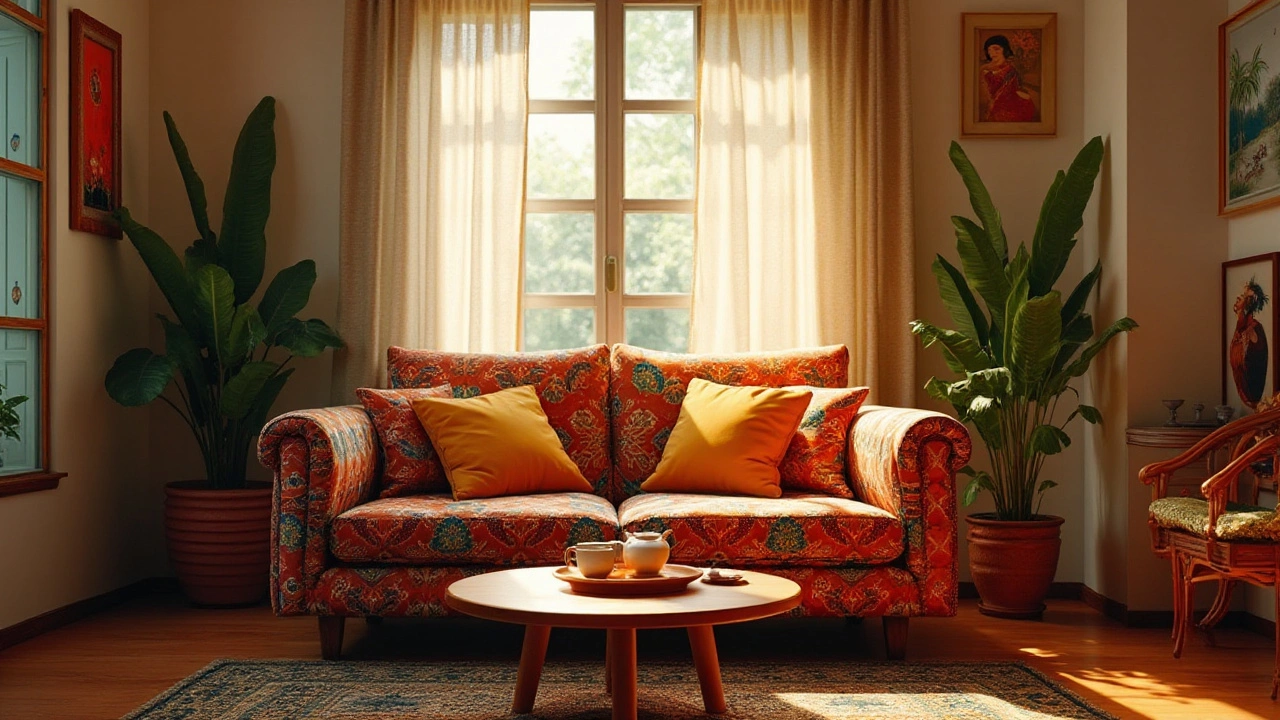
Understanding Small Sofas: What Are Loveseats and Their Alternatives?
Small sofas, often referred to as loveseats, are perfect for compact living spaces. They offer a stylish seating solution without occupying too much room. Ideal for cozy homes or apartments, these pieces of furniture come in various designs and materials. Understanding the different types can help enhance both the aesthetic and practicality of any space.
View More